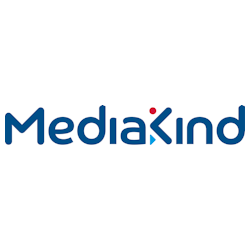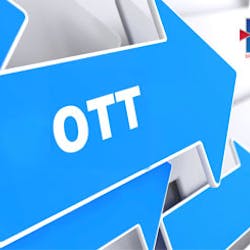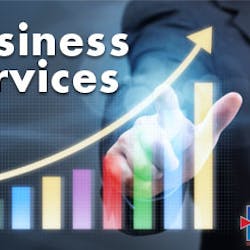Most notably, operators will need to decide on an application framework in order to seamlessly tie the RDK stacks with their existing back office systems. They may also want to take this opportunity to buy or build a new user experience (UX).
The application framework is a critical part of the solution. Operators have invested heavily over the years in developing their own back office systems for provisioning, billing and other needs. They also may have - or want to add - features like VOD, DLNA and recommendations. Along with this, they are likely to be designing or selecting a new UX. With new device software, their needs for management and monitoring may also change. Quite simply, there isn’'t one application framework that “"out of the box”" could easily support all these diverse needs on the RDK platform.
Rather than enforce a “"one size fits all”" model in which operators might have to swap out their existing back office and infrastructure to conform, RDK Management opted to support multiple third-party application frameworks, allowing operators to choose and customize the best one for their needs.
While the RDK is agnostic, experience has taught us that there are several things operators need to look for when choosing an application framework for their RDK deployments. The key requirements for an RDK application framework include:
- Browser - delivers optimal performance and advanced features for HTML5 UX implementations with tight integration to low level graphic acceleration libraries.
- Application Life Cycle Management - allows operators to have more than one application running simultaneously, while the remote knows which is active and when and how to quit.
- Support for Multiple Operating Systems - allows operators to have multiple OSs running on the same platform.
- Window Management - provides server/client window handling and event management. It also controls the device-driver layer to process graphics drawing requests from the client.
- Media Control - manages bi-directional communications for tuning and service information handling, such as acquisition, decryption (DTCP-IP/DRM), decoding, presentation, and trick play for all Ul devices. This requires managing all possible delivery streams and various destination specifications, including providing secure content delivery.
- Device Administration - supports tools for network and STB monitoring, management and service
It’'s vital to clearly understand what is required to seamlessly integrate existing systems with an RDK platform in order to identify the best application framework. Doing this assessment and component evaluation at the outset is key to minimizing cost, time and effort and, in the end, delivering a successful, high-performing RDK system.
Mark Johnson is Alticast's product manager. Reach him at [email protected].





